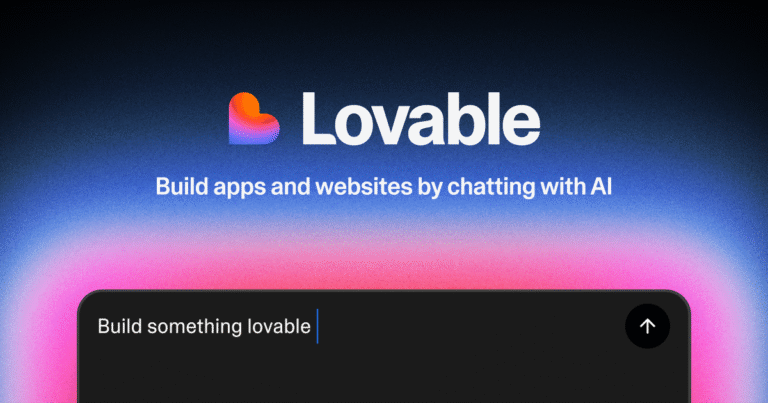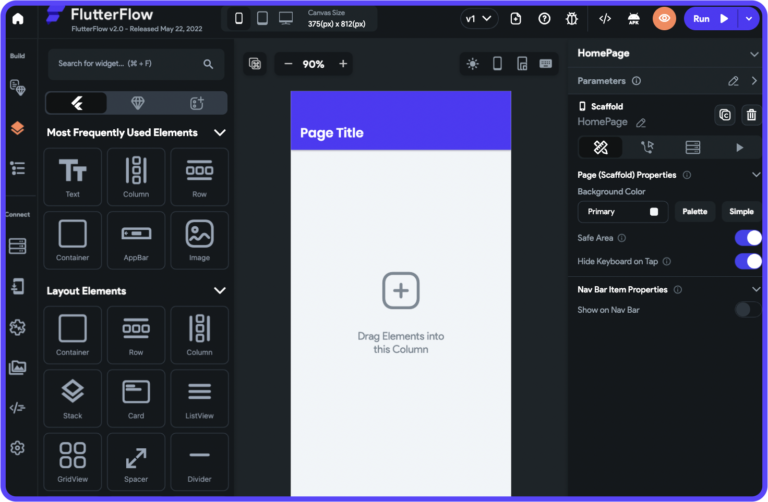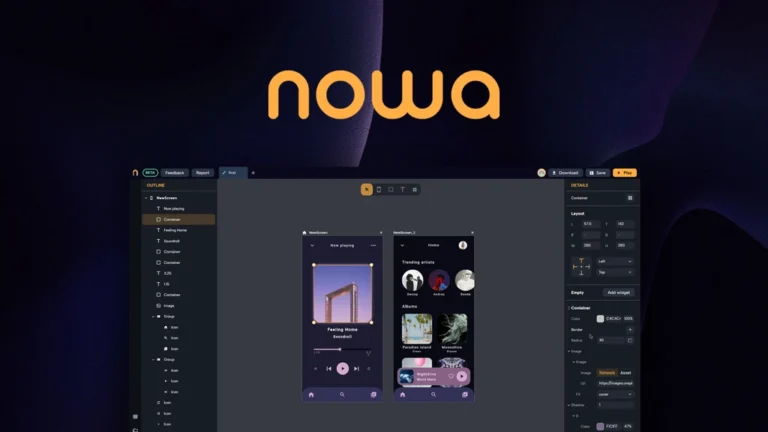In recent years, no-code (or zero-code) technology has gained significant popularity, revolutionizing how businesses, startups, and individuals build applications, websites, and other tech solutions. Thanks to no-code, creating advanced tools is no longer reserved only for developers—it opens up new opportunities for anyone with an idea and a desire to bring it to life without learning programming languages.
In this article, we’ll explore what no-code technologies are, the benefits they offer, their limitations, and why they’re worth paying attention to—regardless of the industry you’re in.
What Is No-Code Technology?
No-code technologies are platforms, tools, and applications that allow users to create tech solutions without writing any code. Instead, users work with visual “drag-and-drop” interfaces and pre-built components that can be customized to fit specific needs.
No-code differs from low-code, which also uses visual interfaces but may require minimal coding knowledge for advanced customization. With no-code, the entire process relies on intuitive tools that are accessible even to those with zero technical experience.
How Do No-Code Platforms Work?
No-code platforms let users build apps by assembling pre-made elements like buttons, forms, data tables, or interactive charts. Here are the core features these tools typically provide:
- User Interface (UI)
App layout is designed with visual editors. Users drag components such as buttons, text fields, or images into the workspace and position them freely. - Data Integration
Most no-code platforms support integration with databases, spreadsheets (e.g., Google Sheets), or CRM systems. This allows apps to process and store data without needing complex SQL queries. - Process Automation
No-code tools enable task automation such as sending email notifications, syncing data between apps, or generating reports. - Testing and Publishing
Platforms allow for easy testing and deployment—whether as web apps or mobile apps for iOS and Android.
Benefits of No-Code Technology
- Accessibility for Everyone
No-code removes the entry barrier for non-technical users. Entrepreneurs, marketers, or educators can now build their own apps or tools without hiring a developer. - Speed of Development
Traditional software development can take weeks or months. No-code reduces that to hours or days. - Lower Costs
Building software the traditional way involves hiring developers, designers, and testers. No-code significantly cuts those costs, making it attractive for small businesses and startups. - Easy Iteration and Testing
Making changes to a no-code-built app is quick and simple. This makes it easy to test new features and adapt to user feedback. - Scalability
Many no-code platforms support scalable solutions that can grow alongside the user’s needs.
Popular No-Code Platforms
- Bubble
One of the most popular no-code platforms, Bubble allows users to build advanced web apps with strong integration capabilities and a built-in database. - Webflow
A tool focused on website creation, Webflow lets users design responsive websites using visual tools. - Airtable
A hybrid between a spreadsheet and a database, Airtable helps users build project management tools, client databases, and other business systems. - Adalo
Specializing in mobile app development, Adalo lets users build apps for iOS and Android using ready-made components. - Zapier
While not for app building in the traditional sense, Zapier automates workflows between tools—for example, integrating Google Forms with Trello.
Use Cases for No-Code
- Startups
Startups can quickly test their ideas with prototypes built on no-code tools, saving time and money. - Marketing
Marketers can create landing pages, email campaigns, and automate marketing workflows without needing IT support. - Education
Educators can build educational apps or course management tools, such as those integrated with Google Classroom. - E-commerce
With platforms like Shopify, launching a fully functional online store is quick and code-free.
Limitations of No-Code
- Lack of Full Control
No-code tools offer limited customization compared to traditional coding. - Project Complexity
More complex applications (e.g., ERP systems or games) may go beyond what no-code platforms can handle. - Subscription Costs
Many no-code tools operate on a subscription model, which can add up over time. - Vendor Lock-In
Using a no-code platform means relying on its infrastructure—which can pose risks if the service changes or shuts down.
The Future of No-Code
No-code technologies are evolving rapidly, and their future looks promising. As artificial intelligence and machine learning continue to grow, we can expect even more powerful no-code tools capable of building intelligent apps with no programming required.
In the long run, no-code could become a standard across many industries, breaking down barriers to technology and unlocking creative potential for countless individuals.
No-code is already transforming how we build and think about applications. For many entrepreneurs and creators, it’s a gateway to turning ideas into reality—without needing expensive technical resources. If you haven’t tried no-code tools yet, now is the perfect time to explore their potential.





